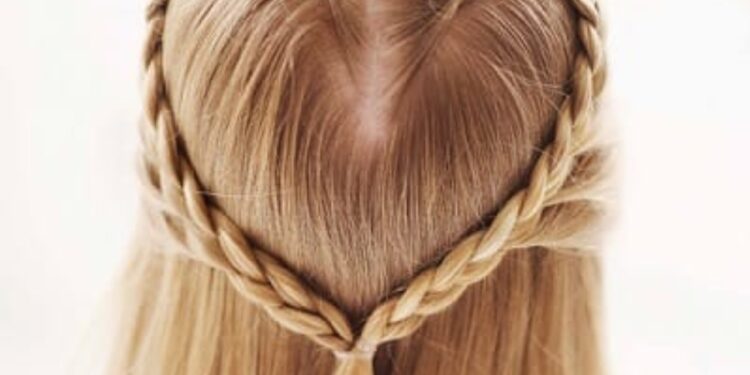Hair is often termed as the crowning glory of an individual. It can transform one’s appearance and make a strong statement. This versatile body part can be styled in numerous ways, from elegant updos to vibrant colors and everything in between. With the constant evolution of fashion trends, hair styling has become essential for personal grooming and professional purposes. In this guide, we will take you on a journey into the world of hair styling and help you master the art.
The Basics
Before delving into the intricate hair styling techniques, it’s essential to understand the basics. Hair type, texture, and length are some of the crucial factors that determine which style would suit an individual best. For instance, curly hair can be challenging to manage, but it can also create a stunning effect when styled correctly. Similarly, long hair offers more creative options, whereas short hair requires different techniques and products. Understanding these basic principles will help you choose the right style for yourself or your clients.
Tools of the Trade
A hairstylist is only as good as their tools. Having the right equipment is crucial for achieving the desired results. The three essential tools for hair styling are a comb, hairbrush, and hairdryer. These may seem like obvious choices, but using the correct type of tool can make a significant difference in your styling process.
For instance, combs with wide-spaced teeth are better suited for detangling thick or curly hair, while a hairbrush with natural bristles is perfect for creating volume and shine. Additionally, investing in high-quality tools will make your job easier and ensure the safety of your client’s hair.
Techniques
Now that you have the basic knowledge and the right tools, let’s move on to some techniques that can help you master the art of hair styling. The first and most crucial technique is understanding the different curls and wave types.
This will help you determine which products and methods work best for each hair type. Another essential skill is blow-drying, which can create various styles, from sleek, straight hair to bouncy curls. Learning to use hot tools such as curling and flat irons is also essential for achieving different looks. Experimenting with other techniques and products will help you understand what works best for each hair type.
Product Knowledge
Hair styling is not just about tools and techniques; it’s also about the products used. A thorough understanding of different hair products can significantly affect your style. For instance, using the correct hair gel or mousse can help achieve a specific hold or texture, while using the wrong products can weigh down the hair and make it look greasy.
It’s also essential to understand how different products interact with each other and which combinations work best for different styles. Keep yourself updated on new product releases and experiment with them to expand your knowledge.
Personal Style
While understanding the fundamentals of hair styling is essential, developing your style is also crucial. This can be achieved by experimenting with different techniques and products until you find a signature style that makes you stand out as a hairstylist. It’s also important to stay updated on the latest fashion and beauty trends, as they often influence the world of hair styling. Having a personal touch to your styles will make you unique and attract clients who appreciate your creativity and expertise.
Client Consultation
As a hairstylist, you must have excellent communication skills and the ability to understand your clients’ needs. A significant part of client consultation is listening carefully to their preferences and concerns. This will help you suggest suitable styles that suit their face shape and hair type and align with their choices.
Additionally, it’s essential to provide honest and realistic advice, as sometimes clients may have unrealistic expectations. Building a solid rapport with your clients through effective consultation can lead to long-term client relationships.
Professional Grooming
Apart from technical skills, a hairstylist must also pay attention to their grooming. Clients are more likely to trust and return to a stylist who cares for their appearance.
Maintaining clean and presentable attire, keeping hair and skin well-groomed, and having good hygiene practices are all crucial for a hairstylist. Additionally, staying updated on the latest fashion trends will help you stay ahead and inspire you to create new and innovative styles.
Continued Education
The world of hair styling is constantly evolving, with new techniques, products, and trends emerging daily. As a hairstylist, it’s essential to keep up with these changes and continue learning.
Attending workshops, classes, and seminars can help you expand your knowledge and stay updated on the latest advancements in the industry. Additionally, networking with other professionals and exchanging ideas can help you grow as a stylist and gain new perspectives on hair styling.
Final Thought
In conclusion, mastering the art of hair styling requires a combination of technical skills, fancy scissors knowledge, personal style, and client communication. It’s an ever-evolving field that requires constant learning and adaptation to stay ahead.


 Home
Home










